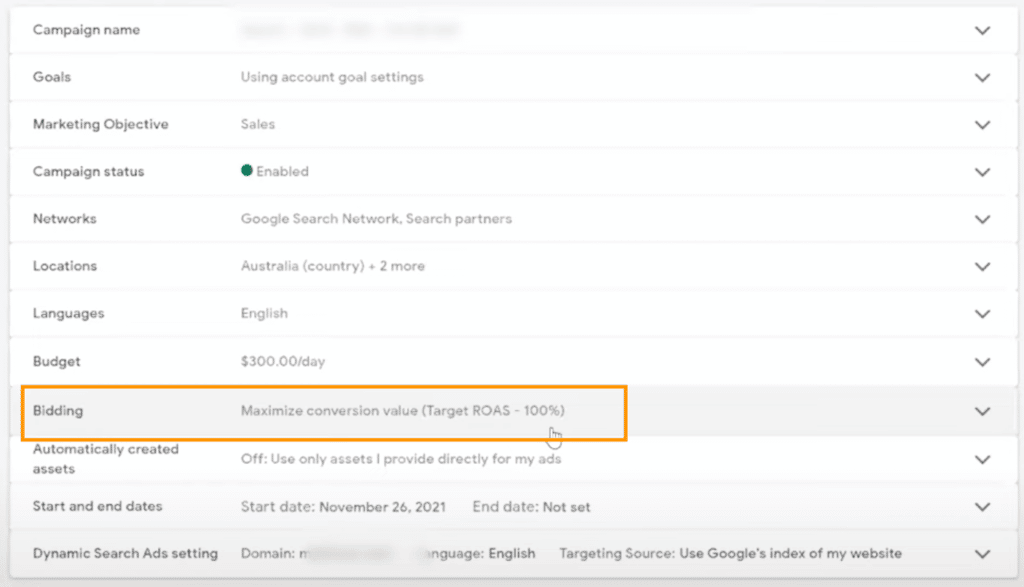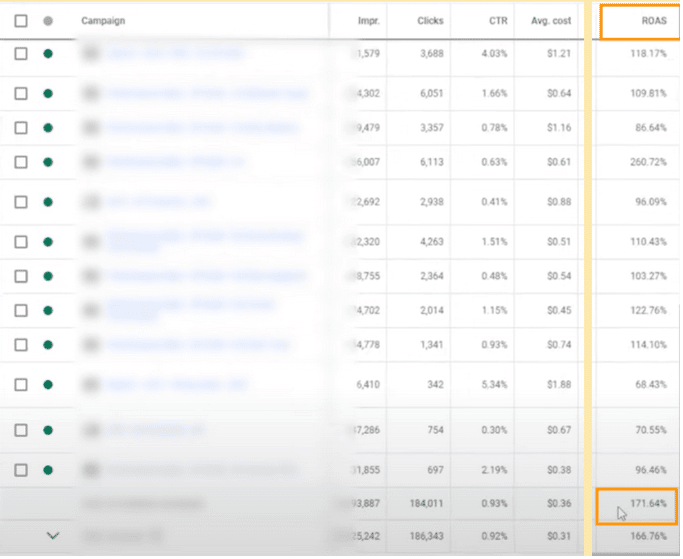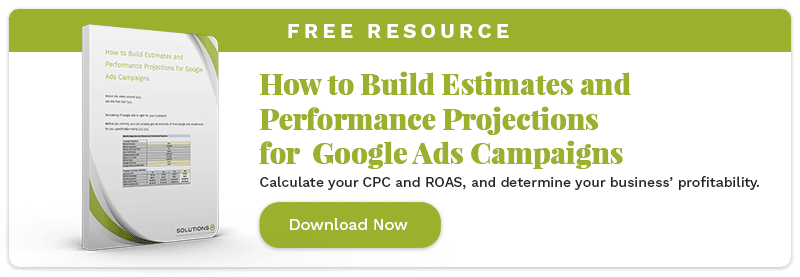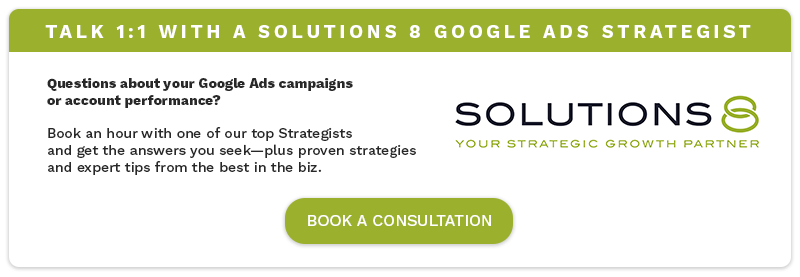When it comes to increasing your campaign’s revenue, Maximize Conversion Value is probably the best bidding strategy.
But it’s not for everyone.
For starters, if your account is new, or there’s not enough conversion data, we definitely don’t recommend it.
If you have a good conversion data history, you might want to consider this bidding strategy.
The question is, should use it?
Read this post to find out if this is the right bidding strategy for your Google Ads campaigns!
Table of Contents
What is Maximize Conversion Value?
Maximize Conversion Value is a bidding strategy in Google Ads that focuses on maximizing the total conversions of your campaign. It shares some similarities with Maximize Conversions. However, it gives more weight to the size of the conversion rather than what conversion came in.
Here’s an example.
Let’s say you have two products. Product A costs $20 and product B costs $200.
If you sold five items for each product, then Product B will give you more revenue (total of $1,000). Because of this, Google will start going after product B––it will maximize the conversion’s value.
Of course, this works the other way around, too. If you sold ten items for each product, Google will sacrifice the higher-priced item and go after the smaller-priced items. And that’s because Product A is giving you higher revenue.
How does Maximize Conversion Value work?

Maximize Conversion Value is still an audience-based strategy. In other words, It’s less focused on keywords and more focused on people.
It’s looking for the common denominators of people who converted, such as:
- Which products are they looking at?
- How long have they been looking at these products?
- Have they been looking at competitor websites?
Many people think this strategy focuses on higher-priced products.
But as explained earlier, this isn’t the case. Instead, it focuses on the total revenue you get from those products, regardless of their price.
But for now, let’s talk about high-priced products and how it could affect your revenue long-term.
Let’s go back to the previous example. Remember, Product A costs $20 and Product B costs $200.
If you sold five items for Product A and two items for Product B, Google will sacrifice the smaller sales––Product A––to make you more money.
That’s good, right? Well, here’s the downside. Your conversions, conversion rate, and volume will probably go down. Plus, you won’t be able to spend all your ad spend.
See, using Maximize Conversion Value is like telling Google to go after a harder objective.
For example, out of 100 people, how many of them will buy $20 items? Maybe 70%.
Now, using Maximize Conversions and going after higher-priced products, how many people will buy $200 items? Maybe 50%.
By doing this, Google is going to try to get rid of the small purchases happening at high frequency.
In other words, it’s throwing out the lower sales that are equalizing the higher sales.
This is critical because those lower sales can eventually give you high revenue over time. That’s why it’s important to understand when you should use Maximize Conversion Value.
Should you use Maximize Conversion Value?
Since it can get rid of high-frequency but small purchases to focus on higher sales, you might want to consider your customer’s LTV (Lifetime Value) before using it.
Don’t know how to calculate your LTV? Polar Analytics has a free calculator you can use.
Let’s say you have a $20 sale and a $200 sale, and you’re spending $20 a day, and your Average Order Value (AOV) is $100.
That’s a 5x return. However, using Maximize Conversion Value will get rid of those smaller sales.
But what if those smaller $20 sales could turn into a $200 sale?
And what if they could turn into $500 over the course of a year? Would you still want to throw them out?
It all goes back to what your goals are. So, here are some guidelines on when to use Maximize Conversion Value.
Use Maximize Conversion Value if…
- You don’t have an LTV and people are one-and-dones, and you need to make a high ROAS.
- You’re looking to get more new customers over a longer period of time. This means you’re okay with getting a little bit less volume as long as you’re making more profit from your sale.
Don’t use Maximize Conversion Value if…
- You’re starting a new account or your current account doesn’t have enough conversion data. Maximize Conversion Value will only work if you already have enough existing revenue data for the algorithm to work on. It’s better to use another bidding strategy like Manual CPC.
- You need a high amount of sales and at least a decent AOV.
- You don’t have enough budget to run it. Remember, Google’s algorithm also depends on how much budget you can spend to support its learning. If your budget is restricted, Google can’t give you enough data or it will take much longer to have the data you need for scaling.
Maximize Conversion Value with target ROAS (tROAS)
One of the cool things about this strategy is you can use it with a target return on ad spend, also known as target ROAS.

A quick refresher: Target ROAS is a bidding strategy you can use inside of Maximize Conversion or Maximize Conversion Value. When used with Maximize Conversion Value, you’re telling Google to maximize the total revenue of your campaign while delivering a specific ROAS goal.
Need an example? Sure!
Let’s say you have 100 people that are most likely to convert. By using this bidding strategy and targeting people who’re going to make you a high sale, you’ll probably get 70 people to convert.
But by adding a target ROAS, you’re asking Google to give you only those who’re going to convert today at a high sale, without spending too much money. That’s a hard job––and it will probably get you only 30 out of those 70 people.
Yes, you’ll hit your ROAS goals and increase your overall revenue. But there’s one caveat.
Your volume can significantly decrease. And that leads us to one of the problems with adding tROAS: it’s extremely difficult to scale.
Why Maximize Conversion Value with tROAS is harder to scale
Unless you have a high amount of bottom of the funnel traffic that will convert all day long, it’s extremely difficult to scale your campaign with a tROAS.
By using this bidding strategy with tROAS, you’re locking your campaign into a finite audience that may convert even less often.
This is the reason why we see our daily ad spend go from 500 to 80. Our ROAS is amazing, but we only have a few people left over to convert. And once they’re gone, we have to restart the whole process.
So how can you solve this? By expanding your audience.
How to expand your audience using Maximize Conversion Value with tROAS
When using tROAS, your bottom of the funnel traffic becomes even more limited because you’re adding additional requirements for conversions.
To counter this, you’ll need to expand your audience to avoid running out of bottom of the funnel traffic. Here’s how to do that:
Set a lower target ROAS. For example, if you need a 300% ROAS, set your tROAS to 200%.
This allows you to average out your sales, keeping your traffic high while still getting enough sales to reach your ROAS goal.
For example, in one of our campaigns, our aim was to get a 150% ROAS. We set our bidding strategy to Maximize Conversion Value with a tROAS of 100%.

This gave us a ROAS of 118%. It’s above our tROAS. And yes, it’s lower than our ROAS goal.
But since we have other campaigns giving us volume and sales, our total ROAS becomes 171.64%. We still hit our goals.

Final Words
Using Maximize Conversion Value gets Google to focus on maximizing your sales. It doesn’t necessarily mean it will go after higher-priced products. However, it will go after products that give you the most revenue.
When using this bidding strategy, consider your AOV and LTV, and how they could affect your overall sales in the long run.
Author
Bryan is the marketing manager at Solutions 8, and has been on digital marketing since 2018. When he’s not working, you’ll find him working out at a local gym, reading personal development books, or playing music at home. He feels weird writing about himself in third person.
 Bryan Caranto
Bryan Caranto












